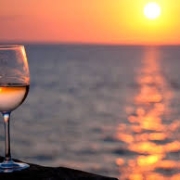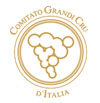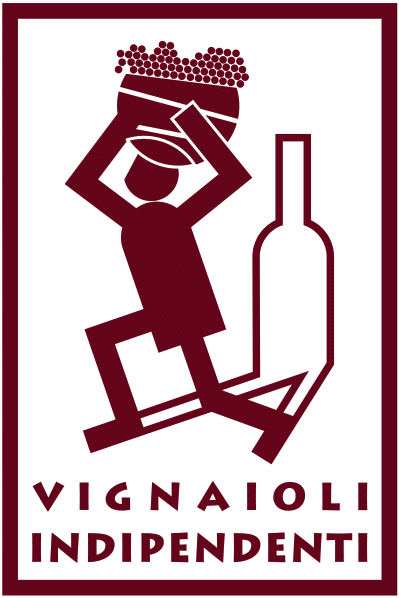I BALZINI Pink Label, a rosé wine full of passion
Delightful to the eye, captivating in its fragrance, pleasing to the palate: a wine with a story to tell.
Rosé wines are often under-appreciated and relegated to the stereotype of being “women’s wines”. As we are told by a woman winemaker, Antonella D’Isanto, rosé is no inferior to red wines. It is just made differently. Whilst the grapes are the same for both red and rosé, the latter is left to ferment after pressing for a much shorter amount of time. Rosè is a type of wine with its own dignity, and very adaptable when it comes to food pairings.
At I Balzini, Antonella D’Isanto, who loves rosé, has designed her own with the collaboration of enologist Barbara Tamburini. They brought to life an intense nectar, with an exceptional scent, and reflecting the colors of the sunset over the vineyard. Thus, I BALZINI Pink Label was born, with a foundation of Sangiovese and a small percentage of Merlot to soften it. The grapes are harvested following phenolic ripeness in order to fortify the aroma of the wine. A soft pressing accompanies a four-hour long fermentation to obtain a strong pink shade. It possesses flowery scents, and suggestions of fruit and honey. At I Balzini, previous years’ bottles are preserved so to appreciate the wine’s ageing capabilities.
In mid-May, the association Donne del Vino has organized a fantastic event to promote this wine: Sorrento Rosé. Rosé winemakers will present their wines to introduce it to the public and demonstrate its adaptability in terms of pairing. Rosé, for instance, is perfect with pizza. Antonella D’Isanto, who will attend the event, and who is a great opera lover, often likes to imagine the great Enrico Caruso on that “old terrace facing the gulf of Surriento”. Next to him, a light, scented glass of rosé he would offer to a girl to console her tears before clearing his voice and singing.




